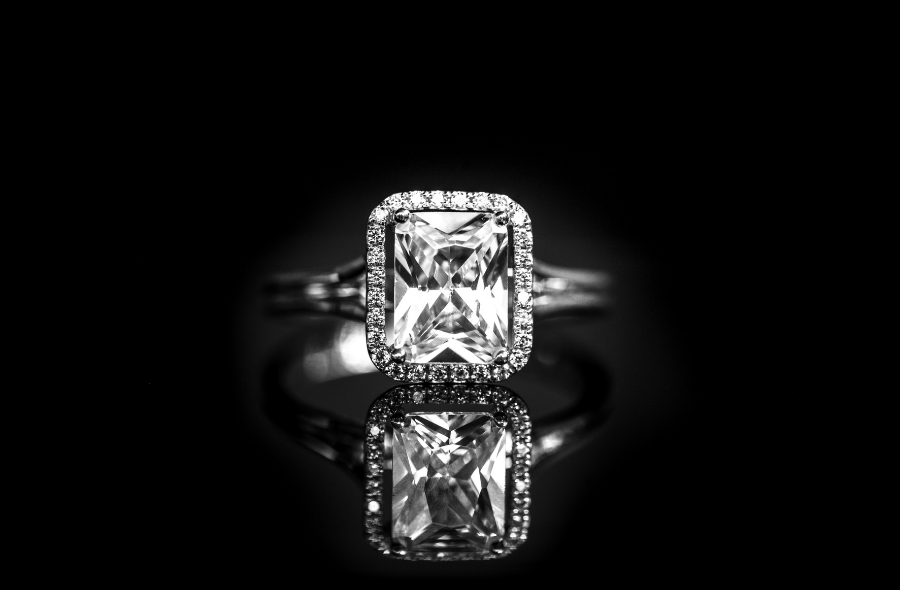

Have you heard of the 4 C'S? Sergio Murcia, CEO and founder of Mimoke ethical jewelry, tells us how to analyze a diamond.
Jewelry has always had that share of mysticism and coldness that comes from being an exclusive product and what it generates in the customer's purchasing experience. “We all know a little about cars, textiles, and food, but almost no one knows about jewelry; “It is a sector that is not very given to giving explanations,” says Sergio.
Mimoke is an ethical fine jewelry brand that cares for nature and people. They sell jewelry pieces with laboratory created diamonds for engagement rings, wedding rings, earrings, bracelets and pendants. Part of its commitment is to show a new face of this sector and turn it into an experience adapted to new generations of consumers. Clients want to know more and Mimoke is responsible for: “being very close to clients, having all the lines open and explaining how things are done,” says its founder.
Next, the four keys to knowing how to differentiate a diamond;
Size (Cut)
It refers to the shape of the diamond itself. The round (brilliant) shape is the most common and this is because it reflects the light of the diamond the best.
Weight (Carats)
They are the carats. Talk about how much the piece weighs.
Color
It is analyzed how much it separates from absolute white. The colors range from colorless diamonds to shades of yellow or brown, although they can also be blue, green, red...etc. The best considered for their rarity are found at the extremes, so a diamond that is completely white or of an intense color (fancy) has a high value.
Purity
It allows us to analyze how many imperfections the diamond has under the observation of a ten-fold magnifying glass. The truth is that all diamonds have some imperfection inside, pure diamonds do not exist.
“Natural and laboratory diamonds are exactly the same. Optically there is no difference," Sergio assures and adds: "there are those who want to buy a piece with a natural diamond that is unique, and it is true that it was created over millions of years and that has a value, but there are people who "He doesn't buy it." This is because they decide to protect the planet and the people who work to create these pieces.
We commonly talk about “natural” diamonds, but should we continue supporting “natural” diamonds that harm the earth, support jobs of dubious taste and that are controlled by a monopoly? Perhaps, we can reflect that the most natural thing would be to support a diamond that avoids this situation and is also much more affordable.



